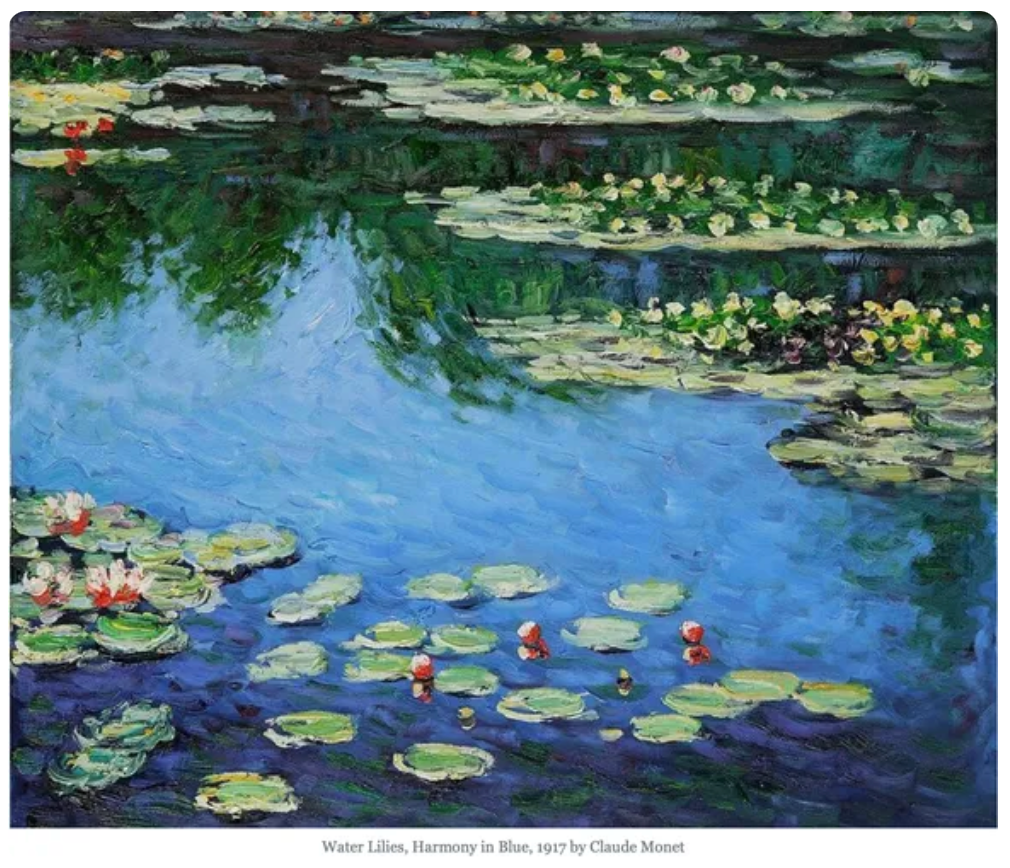Claude Monet was considered the leader of the movement, the 'father' of Impressionism. He even named one of his seascapes 'Impressionism', depicting the port of Le Havre that inspired the name. Indeed, it was in an attempt to mock Monet that art critic Louis Leroy baptised the movement in 1874. He declared: “What does this canvas represent? Impression! Impression, I was sure. I thought to myself, since I am impressed, there must be some impression in it.” However, Monet did more than help name the group; he defined its codes.
The 19th-century Paris art scene was strictly ruled by the Royal Academy of Painting and Sculpture, gatekeepers of the city; their role was to approve the artists of the time. The philosophy of The Impressionists was to break away from this institution to create ground-breaking art, which they did by organising their own exhibition, meeting in Parisian cafes to discuss logistics. On December 27, 1873, the Société anonyme des artistes peintres, sculpteurs et graveurs was founded, with the support of Renior, Pissarro, Cézanne and Manet.

In 1874, the group of 19 avant-garde artists' exhibition received mixed reviews, some mocking their art as unfinished, derisory, and even describing it as abominable.
Perhaps the most famous collection by Monet is his Water Lilies series, which occupied him for 30 years. Monet describes his goals for the project: "Imagine a circular room, whose walls are entirely filled by a horizon of water spotted with these plants. Walls of transparency - sometimes green, sometimes verging on mauve. The silence and calm of the water reflecting the flowering display; the tones are vague, deliciously nuanced, as delicate as a dream."

I find Monet's dedication to his art very admirable. By going against the established art institutions, setting up his own independent art collective and dedicating 30 years of his life to an ambitious vision which he achieved and can still be seen in The Musée de l'Orangerie, Paris, inspiring people today, over 100 years after these stunning paintings were created.

